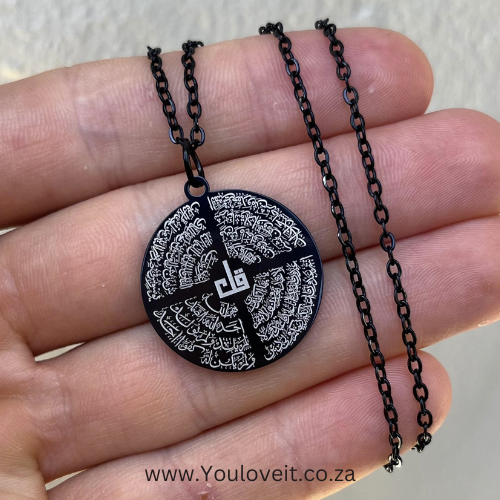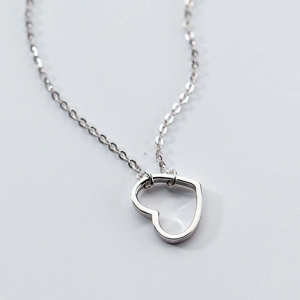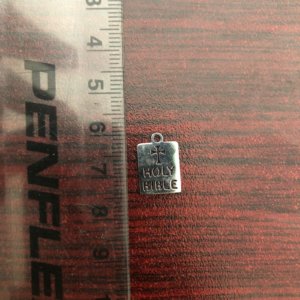Description
Here are the four Quls:
- Surah Al-Kafirun (Chapter of the Disbelievers): This chapter (Surah 109) emphasizes the Islamic concept of monotheism and the rejection of polytheism. It reminds Muslims to stay firm in their beliefs and not to compromise their faith.
- Surah Al-Ikhlas (Chapter of Sincerity): This chapter (Surah 112) emphasizes the oneness of Allah and His uniqueness. It highlights that Allah is eternal, self-sufficient, and unlike anything in His creation. Surah Al-Ikhlas is often referred to as the “heart” of the Quran due to its profound message.
- Surah Al-Falaq (Chapter of the Dawn): This chapter (Surah 113) seeks Allah’s protection from evil, harm, and negative influences. It highlights the importance of seeking refuge in Allah from darkness, envy, witchcraft, and other forms of harm.
- Surah An-Nas (Chapter of Mankind): This chapter (Surah 114) seeks Allah’s protection from the whisperings and temptations of Satan. It emphasizes seeking refuge in Allah from the evil that exists within mankind and the jinn.
A “Surah An-Nas necklace” typically refers to a necklace that features the Surah An-Nas from the Quran.
It is a piece of Islamic jewelry that holds significance for individuals who wish to keep a reminder of this particular chapter close to them.
However, A Surah An-Nas necklace may vary in design and style. It could feature a pendant with the entire Surah An-Nas engraved on it or just the Arabic calligraphy of the chapter’s name. Some necklaces might incorporate additional decorative elements or gemstones to enhance the aesthetic appeal. While, wearing a Surah An-Nas necklace serves as a personal reminder of seeking protection from Allah against evil, the whisperings of Satan, and the negative influences that may affect one’s spiritual well-being.
Here are a few examples of Islamic inscriptions commonly found in jewelry:
Firstly, Jewelry pieces may have engravings of specific verses from the Quran that hold special meaning. These verses can include passages of praise, supplication, wisdom, or guidance, emphasizing the importance of faith, gratitude, patience, and other virtues.
Secondly, Islamic jewelry often showcases the beautiful names of Allah (Asma ul-Husna), such as Ar-Rahman (The Most Merciful), Al-Ghaffar (The Forgiver), Al-Wadud (The Loving), or Al-Quddus (The Holy). These names highlight different aspects of Allah’s divine attributes and serve as a reminder of His greatness and mercy.
Muslim culture in South Africa is diverse and influenced by various factors, including the country’s history, traditions, and the multicultural makeup of its Muslim population. Here are some key aspects of Muslim culture in South Africa:
- Firstly, Cape Malay Culture: The Cape Malay community, with roots in Southeast Asia and the Indian subcontinent, has played a significant role in shaping Muslim culture in South Africa. Their language, food, music, and traditional dress have become integral parts of the broader Muslim cultural fabric.
- Secondly, Multicultural Influences: South Africa’s Muslim community comprises individuals from diverse ethnic backgrounds, including Indian, Pakistani, Somali, Mozambican, and others. This multiculturalism enriches the Islamic culture in South Africa, bringing a fusion of customs, languages, cuisines, and artistic expressions.
- Thirdly, Language and Literature: Islamic literature, including the Quran, Hadith, and scholarly works, is studied and taught in various languages, reflecting the linguistic diversity within the community.






